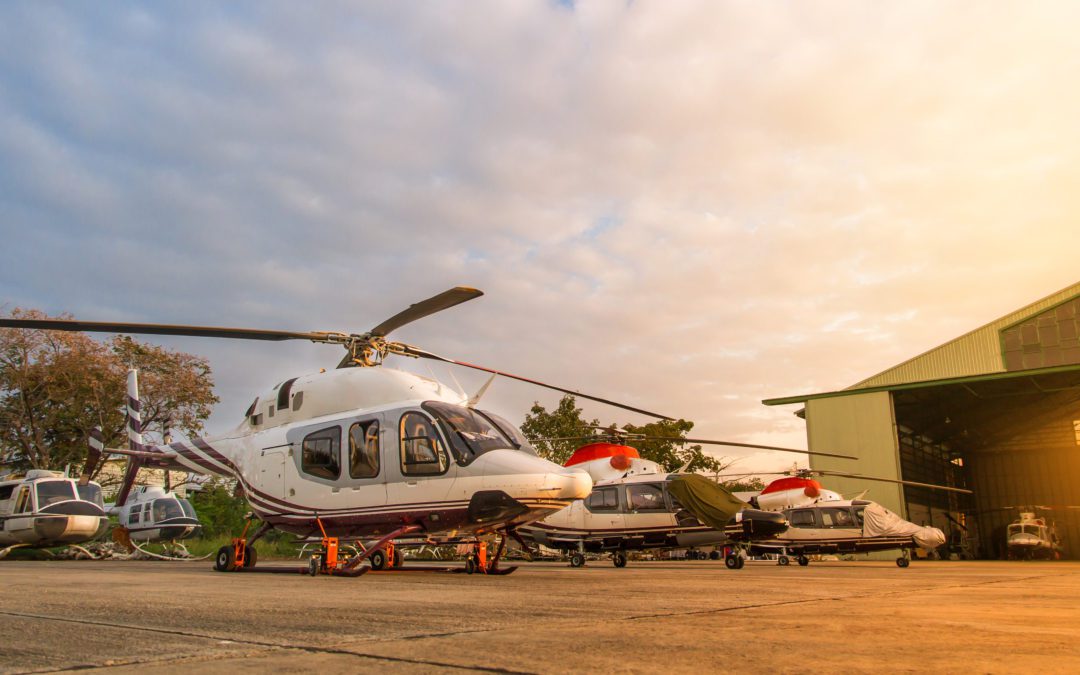GRP (glass fiber reinforced polyester) propellers are designed to withstand the extreme conditions they are exposed to during flight. GRP is a lightweight yet highly durable composite material, offering greater flexibility and improved impact resistance compared to traditional materials such as aluminum or steel. This feature is crucial for propellers, as they need to endure significant aerodynamic forces during takeoff, flight, and landing. This material also has the ability to resist corrosion and wear. GRP not only extends the lifespan of the propeller but also reduces the need for frequent maintenance, a significant cost factor for helicopter operators.
The manufacturing process of these propellers is as innovative as the materials from which they are made. Advanced molding and modeling techniques are used to ensure that each propeller is produced to the highest standards of quality and precision. This process also allows great versatility in design, making it possible to customize the propeller for different types of helicopters and specific performance requirements.
The impact of this innovation extends beyond mere component improvement. Lighter and more durable propellers contribute to the overall fuel efficiency of helicopters, leading to lower operating costs and reduced environmental impact. In the context of increasing global ecological awareness and the need to reduce carbon emissions, GRP propellers align perfectly with the ecological and economic requirements of the time.
End users, such as transport companies, emergency services, and tourism operators, can significantly benefit from this technology. Under intense usage conditions, the robustness and durability of these propellers minimize operational disruptions and ensure increased reliability, critical aspects for these sectors.
In conclusion, helicopter propellers made from GRP represent a significant advance in aeronautical technology. By combining innovative materials with cutting-edge manufacturing processes, they not only meet the current needs of the industry but also shape the future of aviation through a sustainable and efficient approach. This direction can set a new standard in the design and manufacturing of aeronautical components, demonstrating that innovation and sustainability can go hand in hand.

